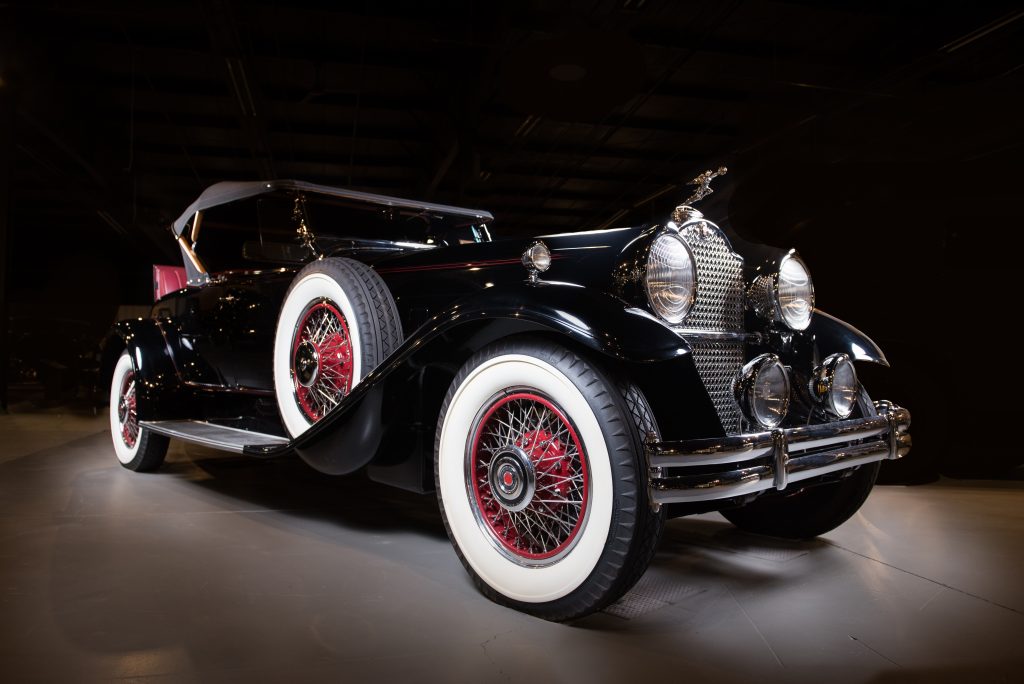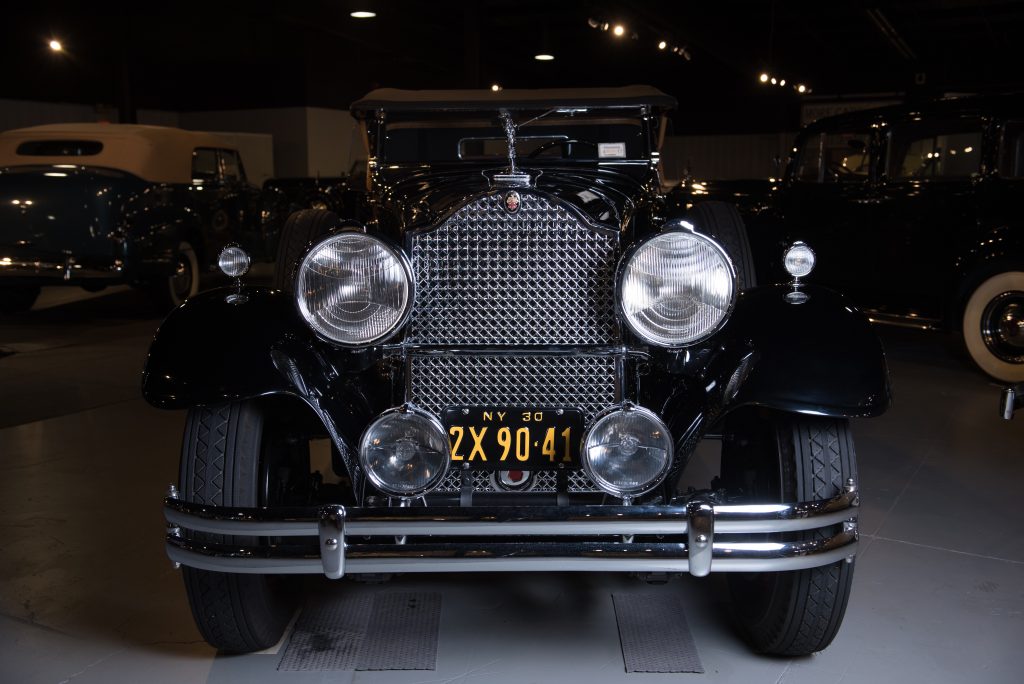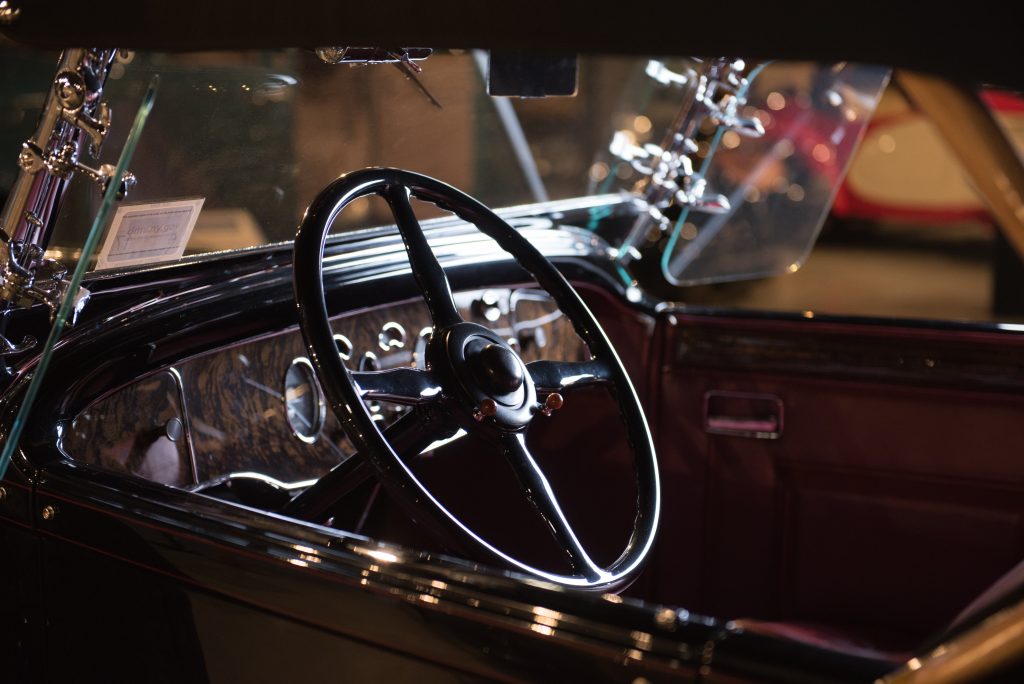
Words by Bob Sblendorio, Photography by Thomas Sblendorio
A rare barn find…the dream of every car enthusiast! That dream came true for Jim Staley several years back when he found a 1930 Packard Roadster that was “a total disaster.” It was in the bottom of a barn south of Syracuse and it was “a total disaster…really sad shape.” Even in that condition, the previous owner was reluctant to sell the car, but since Jim was helping with a restoration of another car, he relented and sold it to him.

To start the process of restoration, the car was completely pulled apart. The frame is made of wood covered by sheet metal that is welded, and nearly all the wood was replaced because of rotting. The new wood was also covered with the sheet metal and welded. In fact, many of the structural members were made with wood, a manual and labor extensive process requiring highly skilled craftsmen. The engine is the original and is a 385 cu in straight 8-cylinder. It has about 106 hp. The straight eight was an improved engine that was lighter, had better fuel economy and a unique crankshaft design that lowered vibration. Jim explained, “Packard bragged how a nickel can be placed on the cylinder head and not vibrate off while the engine is running.” Although it is a smoother running engine, especially considering the era…Jim feels that it is a bit of an exaggeration.
Deciding on the color choice was a tough job. Jim tried to stay with the standard OEM colors and considered many possibilities. In the end, black was the only color that would do the car justice. The restoration was finished in 2015 and took two years to complete. The transformation from the before photos to the finished product is nothing short of amazing.
This car is the Model 745, known as the Deluxe Eight, which had a larger engine and a 145” wheelbase. It was five inches longer than the Model 740, which was also considered a top-of-the-line model. All five inches was added to extending the length of the hood, which adds to the unique and dramatic styling. In 1930, only 1,789 Model 745s were produced and the factory price was $4,585.
The Packard Motor Company manufactured luxury cars that catered to the wealthy. For Packard, their hey-day was generally the 1920s-30s, but like many auto companies, struggled financially during the Great Depression. After the Great Depression, however, Packard emerged in fairly good condition. As time went on, they relinquished the luxury marquee and began selling lower priced cars at higher volumes in hopes of greater profitability; however, by the early ’50s the competition from the big three was intense. To remain viable, Packard merged with Studebaker and became Studebaker-Packard in 1954. By 1962, the Packard name was dropped altogether and the company became Studebaker only, and by 1967, it was over for Studebaker too.
Jim’s 1930 Packard Roadster is on display, for all to see, at the Northeast Classic Car Museum (NECCM) in Norwich. After entering the museum and walking a short distance, you can’t miss it! Its presence and styling are extraordinary. At shows, the car always draws a crowd and the folks that were familiar with the condition of the car before restoration can’t believe the monumental change. In addition, the Staley Collection includes many other cars, including many from Jim’s late father, George Staley. The organization at the museum does a “fantastic job”. Jim continued by saying that his father was “always happy with it [NECCM] and the way it’s run. My father was very happy to be a part of it and to help it out.”
It’s hard to believe, that this incredible 1930 Packard Roadster and the many other fabulous cars on display at the NECCM – are located so close by – right here in CNY!




George Staley

great job if you would like to sell your 745 Packard call john at 516-318-9547 or email me at bushnik79@aol.com thanks.